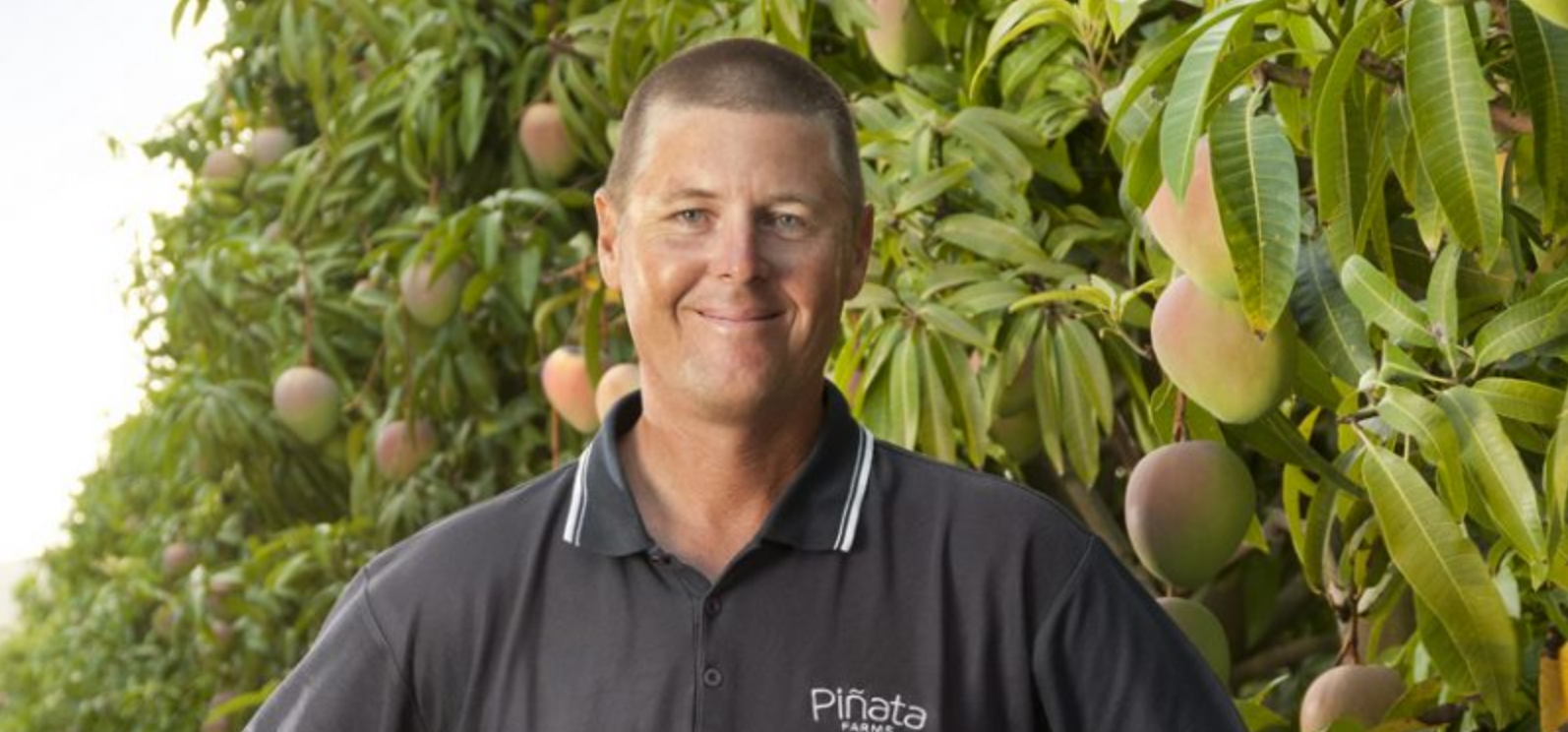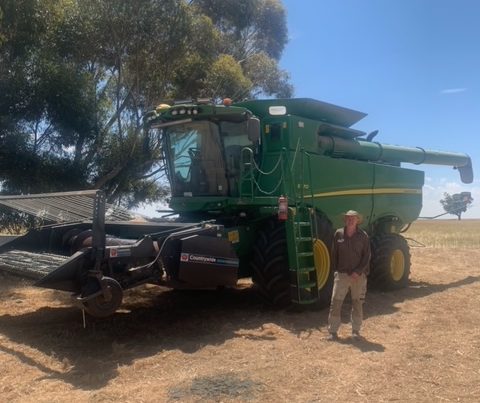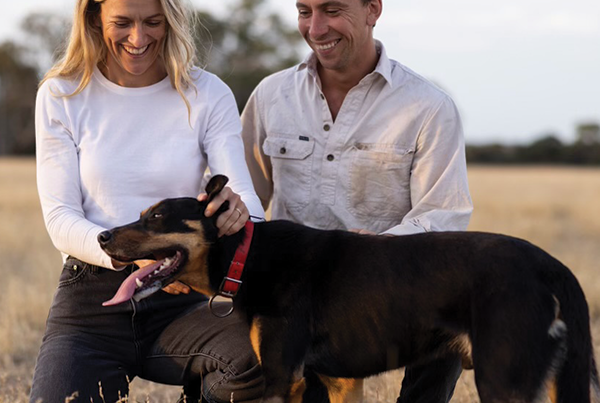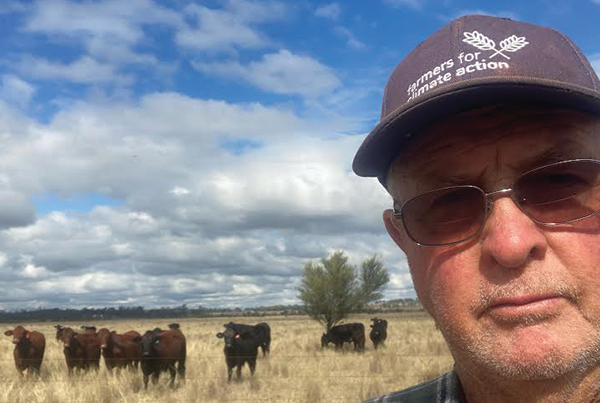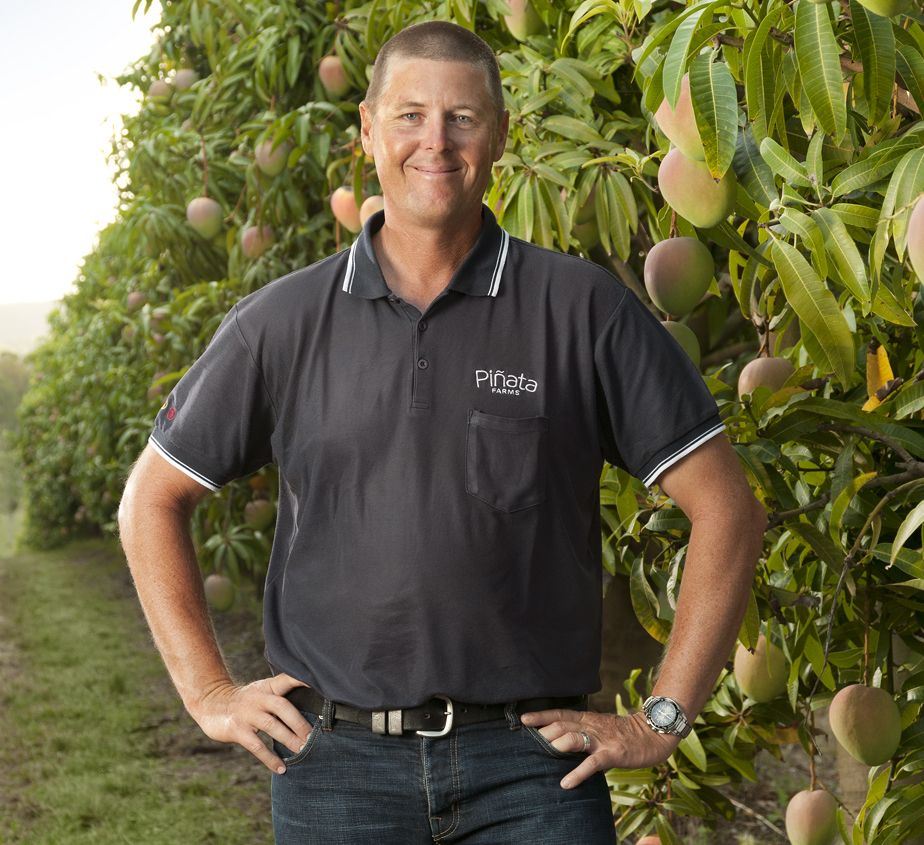
In order to celebrate the amazing work underway in farms across Australia, we have launched a Climate-Smart Farmer in Focus initiative. Each month, we are selecting a farmer doing great things on-farm to profile and learn from.
This month our Climate-Smart Farmer is Gavin Scurr, who is managing director of Piñata Farms. Pinata Farms was named Horticulture Farmer of the Year at the Weekly Times Coles 2018 Farmer of the Year Award.
At a glance
Who: Gavin Scurr, Piñata Farms
What: My brother Stephen and I run a third generation horticulture business growing pineapples, mangoes, raspberries and strawberries on 1010 hectares across three states.
Where: We are based at Wamuran, Queensland and also have farms in Mareeba and Stanthorpe in Queensland, Humpty Doo, Katherine and Mataranka in the Northern Territory and Sorell in Tasmania.
Can you tell us about your properties?
The soils on our properties in the Northern Territory are sandy which makes them excellent for pineapple and mango production. The climate there is a wet season from December to March and then dry for the rest of the year. We irrigate our crops from bores which are replenished each wet season. We grow pineapples, bananas and mangoes on the Humpty Doo property and mangoes on the other two.
Our property in Mareeba, Queensland, where we grow pineapples, is irrigated with water from Tinnaroo Dam which is delivered to us in a pipe. Mareeba also has a wet season, dry season climate. Wamuran, which is just north of Brisbane, usually has a spread of rainfall throughout the year with more in February and March. We grow pineapples, strawberries and raspberries there with water stored in on farm dams. We grow strawberries and raspberries in Stanthorpe in coconut coir and with water from on-farm dams.
Further south, in Tasmania, we also grow raspberries in coir with water from a government scheme.
How has climate change impacted on your farm business?
The changing climate is causing more extreme weather. This is in the form of longer drier times followed by floods and also cooler minimums in winter and hotter maximums in summer. These events cause stress to the plants which in turn reduces yield and hence return per hectare.
What are some of the climate-smart strategies you’ve been employing and how successful have they been?
We have diversified geographically which helps us to spread our climate risk. We grow pineapples in three locations across Northern Territory and Queensland with different weather patterns. This means we can plant more in one of the other locations if we are having a longer or later wet season on a far. Growing berries in two locations in Sorrell, Tasmania and Stanthorpe Queensland over summer allows us similar flexibility.
We now grow all of our summer strawberries and raspberries in poly tunnels which protects them from rain and hail. It also keeps them warmer during winter and, although they aren’t in season in winter, the plants need to grow through winter for the coming season. We are also growing all of our raspberries and our summer strawberries in substrate which uses around 60 per cent of the water of crops grown in the soil. The downside to these strategies is the upfront capital cost of the infrastructure.
Thanks for sharing your story with us Gavin!

